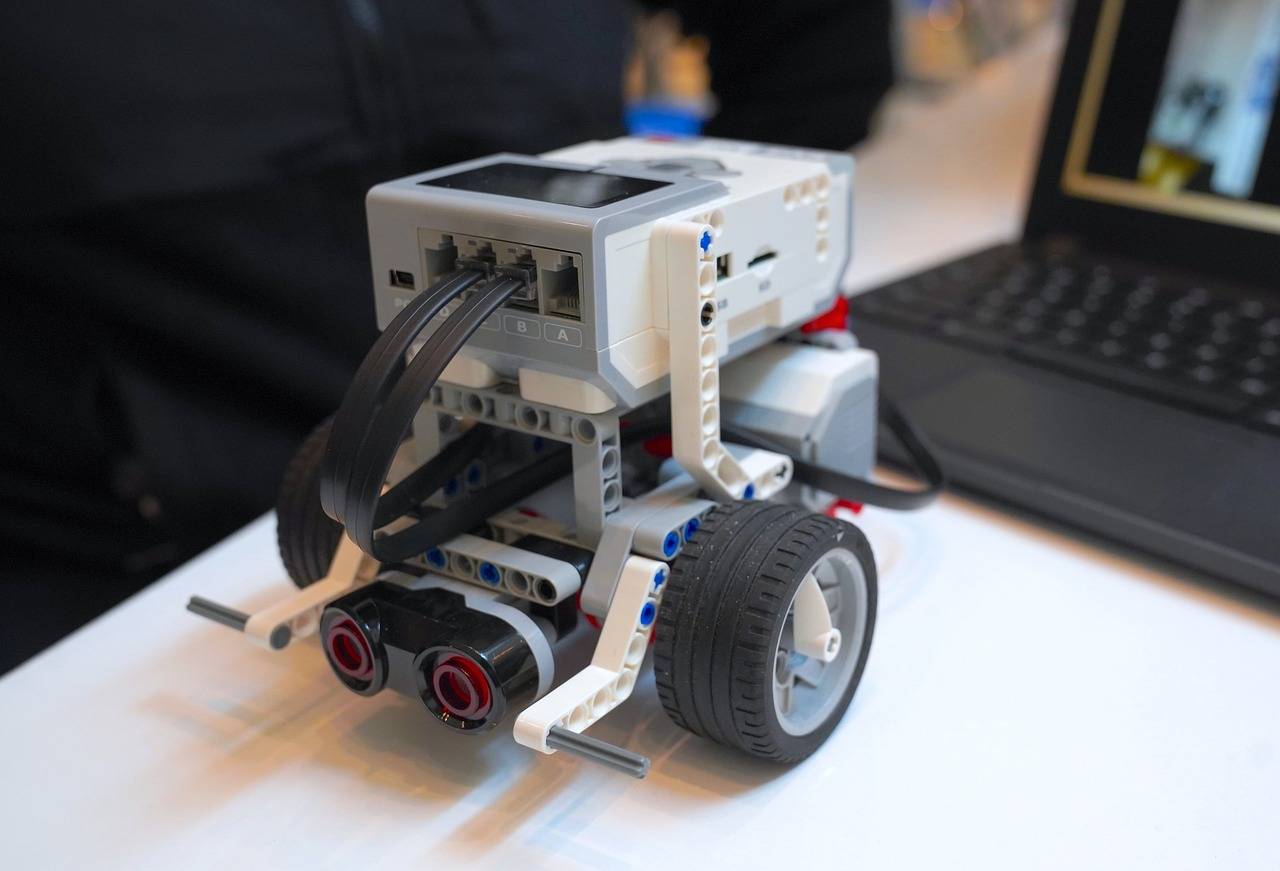Leveraging Artificial Intelligence for Adaptive Assessment Tools
The integration of artificial intelligence (AI) in assessment tools has revolutionized the way educators evaluate students’ knowledge and skills. By leveraging AI technology, assessments become more personalized and adaptive, catering to the individual learning pace and style of each student. This tailored approach not only enhances the accuracy of assessments but also increases student engagement and motivation.
Moreover, AI-powered assessment tools offer immediate and detailed feedback to both students and educators, enabling quick identification of areas that require improvement. This real-time feedback loop facilitates timely intervention and support, contributing to better learning outcomes for students. Additionally, the automation of grading tasks through AI alleviates the burden on teachers, allowing them to focus more on delivering quality instruction and personalized guidance to students.
Understanding the Role of Machine Learning in Adaptive Assessments
Adaptive assessments leverage machine learning technology to personalize the assessment experience for each individual. By analyzing the responses provided by the test-taker in real-time, machine learning algorithms can dynamically adjust the difficulty of the questions being presented. This ensures that the assessment accurately reflects the test-taker’s knowledge and abilities, leading to more precise results.
Through the use of machine learning in adaptive assessments, educators can gain valuable insights into the strengths and weaknesses of their students. By tracking patterns in responses, the system can identify areas where a student may need additional support or challenge. This personalized approach not only helps improve learning outcomes but also allows educators to tailor their teaching strategies to better meet the needs of each individual student.
Key Features of AI-Powered Assessment Tools
AI-powered assessment tools offer a range of advanced features that enhance the assessment process. One key feature is the ability to provide personalized feedback based on each individual’s performance. This personalized feedback helps learners understand their strengths and weaknesses, allowing them to focus on areas that require improvement. Additionally, AI-powered assessment tools can analyze data in real-time, providing instant insights into student progress and performance.
Another important feature of AI-powered assessment tools is their adaptive nature. These tools can adjust the difficulty level of questions based on the learner’s responses, ensuring that each assessment is tailored to the individual’s knowledge and skills. This adaptive approach helps to create a more engaging and effective learning experience, as learners are challenged at the right level and are able to progress at their own pace. Overall, the key features of AI-powered assessment tools contribute to a more efficient and individualized assessment process, ultimately benefiting both learners and educators.
How can AI-powered assessment tools benefit educators and students?
AI-powered assessment tools can provide personalized learning experiences for students, offer instant feedback on student performance, and help educators analyze data to make informed instructional decisions.
What is the role of machine learning in adaptive assessments?
Machine learning algorithms in adaptive assessments analyze student responses and behavior to tailor the assessment to each individual’s needs, allowing for a more customized learning experience.
What are some key features of AI-powered assessment tools?
Some key features of AI-powered assessment tools include adaptive assessments, personalized learning paths, real-time feedback, data analytics, and predictive scoring models.
How can educators make the most of AI-powered assessment tools in the classroom?
Educators can maximize the benefits of AI-powered assessment tools by using the data and insights generated to inform their teaching practices, differentiate instruction, and support student learning needs.





